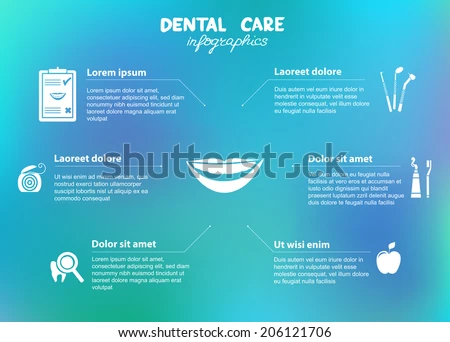Examine The Cutting-Edge Innovations That Are Transforming Dental Surgery. Discover What The Future Holds For This Area And Maintain Yourself Notified. Click Currently For A Special View Of Upcoming Improvements
Examine The Cutting-Edge Innovations That Are Transforming Dental Surgery. Discover What The Future Holds For This Area And Maintain Yourself Notified. Click Currently For A Special View Of Upcoming Improvements
Blog Article
Created By-Kokholm Terrell
Invite to the world of oral surgery, where technologies and advances are shaping the future of the area! In this interesting realm, you'll witness the transformative power of robotics, the innovative marvel of 3D printing, and the game-changing influence of minimally intrusive methods.
The future of dental surgery holds a promise of accuracy, efficiency, and enhanced individual outcomes. With the help of sophisticated robotics, specialists are able to do complex treatments with higher precision and control.
3D printing innovation is transforming the production of dental implants and prosthetics, offering tailored services that fit flawlessly right into each patient's special makeup.
In addition, minimally intrusive techniques are minimizing post-operative pain and recovery time, enabling patients to go back to their daily lives sooner.
Get ready to discover the exciting technologies and advancements that are improving the landscape of oral surgery!
Improvements in Robotics
One significant advancement in oral surgery is making use of robot innovation, which permits accurate and reliable operations. With the help of robot systems, dental doctors have the ability to carry out complicated surgical treatments with enhanced precision, reducing the risk of human mistake.
These robot systems are geared up with sophisticated imaging innovation and specific tools that allow specialists to navigate through intricate physiological frameworks with ease. By making use of robotic modern technology, cosmetic surgeons can attain better medical precision, leading to enhanced person outcomes and faster recovery times.
On top of that, the use of robotics in dental surgery enables minimally intrusive treatments, minimizing the injury to bordering tissues and promoting faster healing.
3D Printing in Dental Surgery
To boost the field of oral surgery, you can discover the subtopic of 3D printing in dental surgery. This ingenious modern technology has the possible to transform the way oral specialists run and deal with individuals. Here are four essential methods which 3D printing is forming the area:
- ** Custom-made Surgical Guides **: 3D printing allows for the production of extremely exact and patient-specific medical guides, enhancing the accuracy and performance of procedures.
- ** Implant Prosthetics **: With 3D printing, oral surgeons can create tailored dental implant prosthetics that completely fit an individual's distinct composition, causing far better outcomes and individual contentment.
- ** Bone Grafting **: 3D printing enables family dentist near me of patient-specific bone grafts, decreasing the demand for conventional implanting strategies and boosting healing and healing time.
- ** Education and Training **: 3D printing can be used to create reasonable surgical designs for instructional objectives, permitting oral surgeons to exercise intricate treatments before executing them on clients.
With its prospective to improve precision, modification, and training, 3D printing is an exciting development in the field of oral surgery.
Minimally Invasive Techniques
To better progress the area of dental surgery, welcome the capacity of minimally intrusive strategies that can substantially profit both surgeons and clients alike.
Minimally https://www.islandssounder.com/news/free-tooth-extraction-clinic-5-25/ are changing the area by decreasing surgical trauma, reducing post-operative pain, and speeding up the recuperation process. These strategies involve using smaller sized incisions and specialized instruments to perform procedures with precision and effectiveness.
By using sophisticated imaging technology, such as cone beam calculated tomography (CBCT), doctors can accurately intend and carry out surgical procedures with marginal invasiveness.
In addition, using lasers in oral surgery allows for accurate tissue cutting and coagulation, leading to reduced bleeding and lowered healing time.
With minimally intrusive strategies, patients can experience quicker recovery, lowered scarring, and improved outcomes, making it an essential facet of the future of dental surgery.
Verdict
So, as you can see, the future of dental surgery is unbelievably encouraging, with exciting developments and advances forming the field.
From the innovations in robotics to using 3D printing and minimally intrusive techniques, oral specialists are reinventing the method they offer treatment.
While some might stress over the prospective expense related to these improvements, it is very important to bear in mind that these technologies inevitably enhance person results and minimize healing time, making them well worth the investment in the future.
